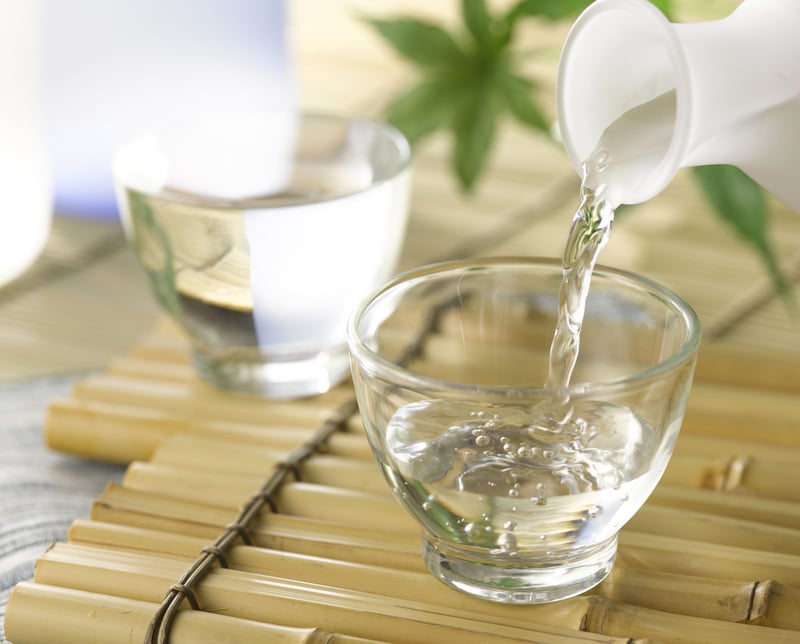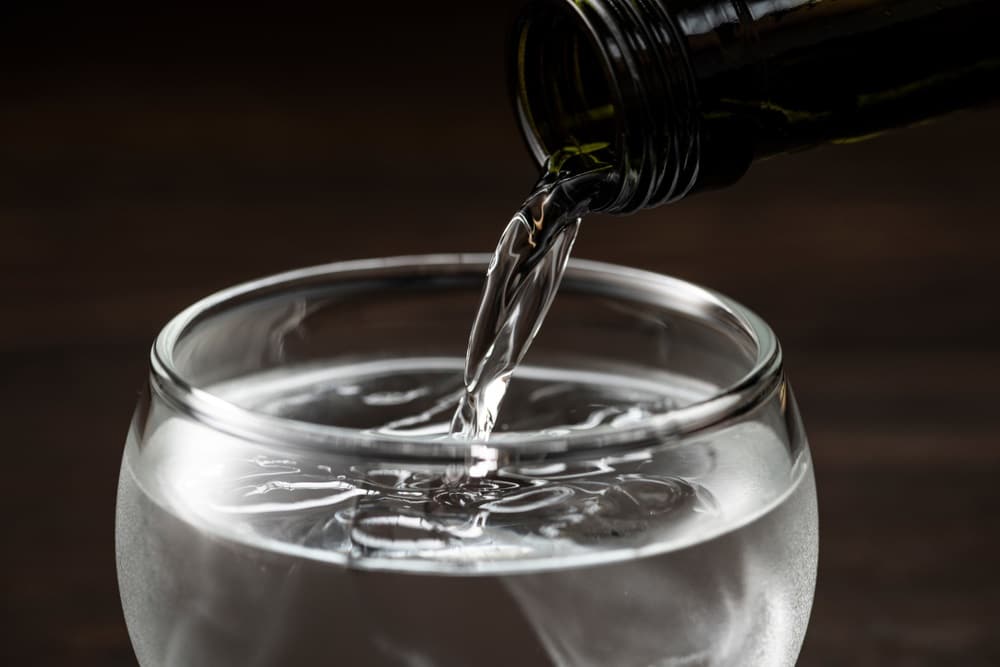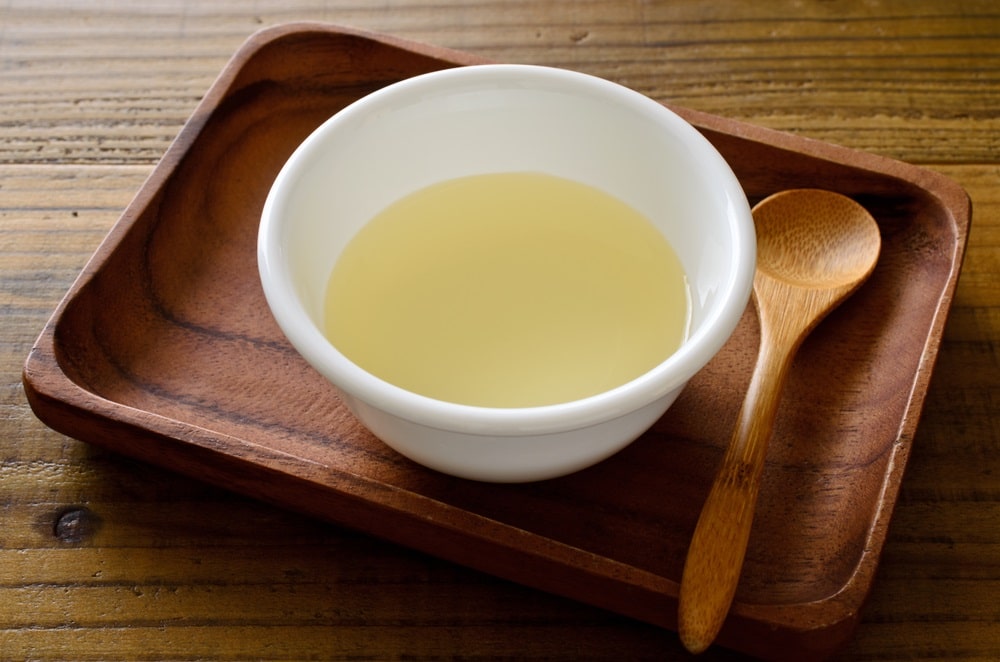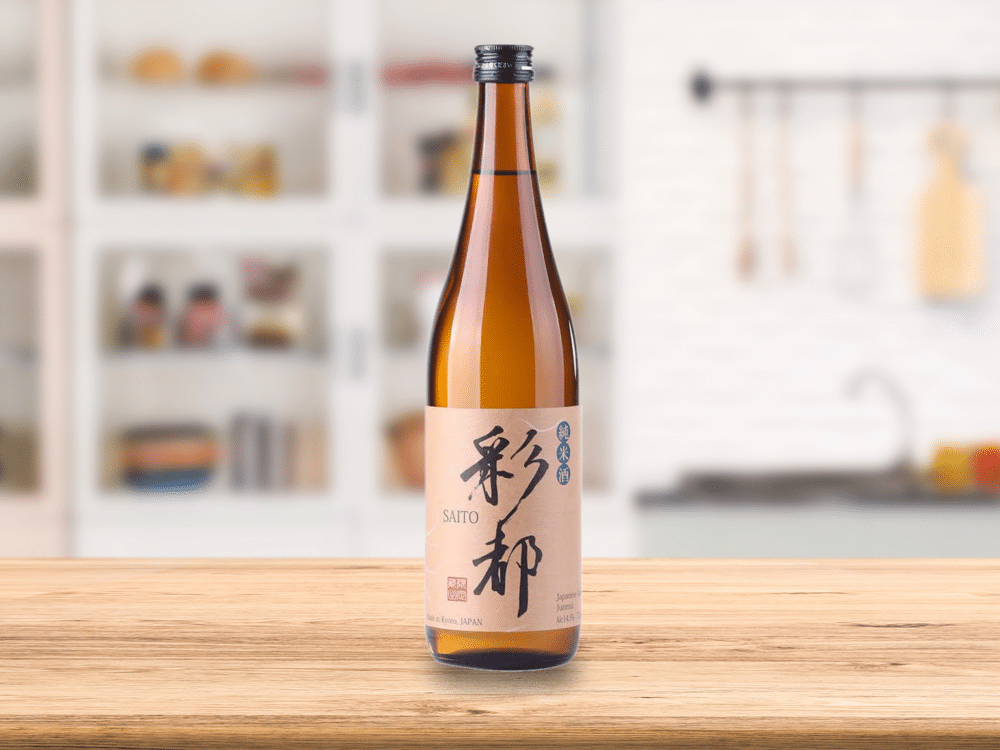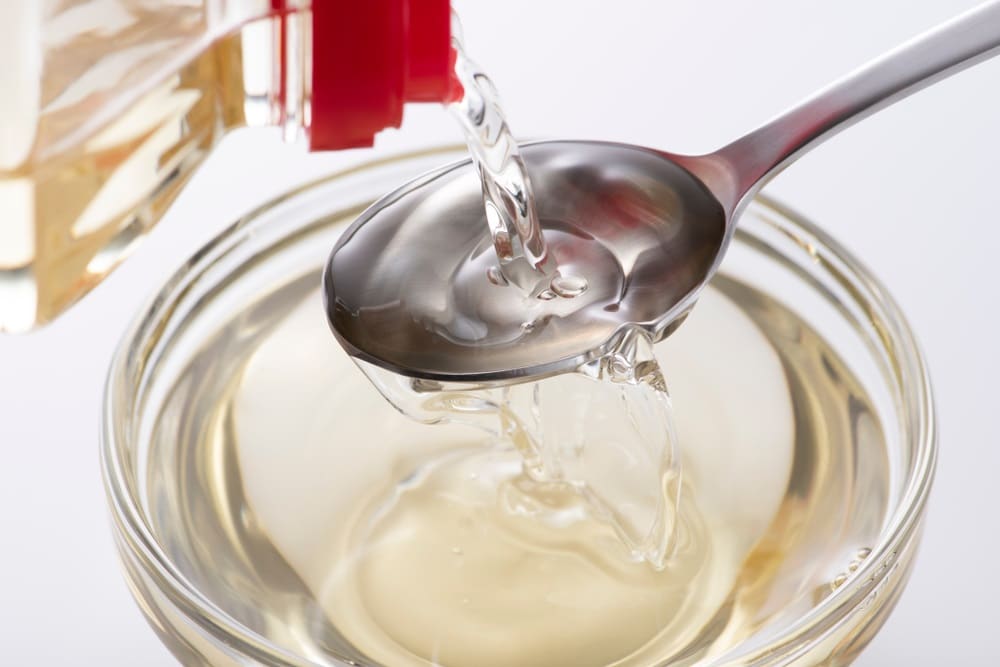
Sake, also commonly known as Japanese rice wine, is a popular alcoholic beverage that is made by fermenting polished rice and water in the presence of yeast.
First, rice is soaked in pure water and then catalyst yeast spores and koji start the fermentation process. The rice starch is changed to sugars which are consumed by the yeasts, thereby creating alcohol.
You probably knew that you can cook with wine made from grapes but did you know that you can cook with sake too?
Since sake tastes basically like a somewhat bland but sometimes fruity white wine, it should come as no surprise that it works well as an ingredient in certain dishes.
There are literally hundreds of different types of sake so we’re here to guide you on which is the best type of sake for cooking.
What Is The Best Sake For Cooking?
You may be curious to know what makes sake specifically “cooking sake.” While you can cook with any sake, cooking sake generally has a lower alcohol content but a more concentrated flavor.
For this reason, if using cooking sake, you will need half the amount compared to if you were using ordinary drinking sake.
Mirin is another Japanese rice wine that is used for cooking but it is different from sake in that it is much sweeter and only contains about 1% alcohol. It is mostly used to season foods or for glazes. Miren is useful for balancing too much salt in a dish.
Let’s look at a few different types of sake that are suitable for cooking.
1. Daiginjo
If you want your special occasion dish to taste wonderful, you cannot work with cheap sake. Daiginjo is an expensive, premium product that has outstanding floral or fruity flavors.
2. Ozeki Yamadanishiki Tokubetsu Junmai
There is an old saying that you should never cook with sake (or any wine) that you wouldn’t like to drink. If your budget doesn’t stretch to Daiginjo sake for cooking, this option will add a light hint of sweetness plus a little umami to your food.
If there is some left, serve it to drink slightly warmed in small cups or bowls alongside the meal. It works well in any dishes that call for white wine, particularly chicken and seafood. This sake is widely available and friendly on the pocket.
3. Ginjo
Our third choice of sake to cook with comes with around 60% of unpolished rice during its making. Most usually, it is fermented at a colder temperature and for more time than usual.
This gives this sake a light, tangy taste. If there is no alcohol content in Ginjo, it is known as Junmai Ginjo which is also suitable for cooking. This one works great for fish dishes.
4. Futushu
Possibly the most common category of sake that you will find on the market is Futushu. It is relatively cheap and has a balance of sugars for fruitiness and amino acids for umami flavors.
5. Ryorishu
Ryorishu, also known as cooking sake, is a category of sake made specifically for cooking purposes. Every manufacturer is required to add around 2 to 3% of salt content into this cooking wine to ensure that people don’t drink it.
Furthermore, Ryorishu should be purchasable from stores without any alcohol license. Use it where wine is called for in a recipe and remember to go easy on the salt or soy sauce.
But What’s The Best Sake You Can Use?
Even though Ryorishu is regarded as the correct cooking sake, due to the salt content present inside it, many people don’t enjoy using it in their dishes. Instead, it is recommended to use Junmai sake, as it does not have any additives.
It is purely made of koji, water, and rice. These basic ingredients help in making the flavor of your dish remain true to the original taste of the meat and/or vegetables.
Why Cook with Sake?
There are many good reasons why cooking with sake is a good idea. We have listed a few for you here.
- When fish, meat, or poultry is marinaded or gently simmered in sake, it becomes beautifully tender.
- Sake counteracts overly strong fishy or meaty smells (like in venison or mutton), resulting in a subtle aroma.
- Due to its amino acid content, sake gives foods an appealing umami taste.
- Fried foods become crispier. For instance, think about adding a little to your next batch of tempura batter.
- Sake helps with digestion due to its antioxidants and good bacteria.
How To Cook with Sake
- Use it in a marinade. For example, blend it with soy sauce, garlic, and ginger.
- Add about a cupful to a soup or stew for richness and depth of flavor. For instance, add it to dashi, chicken soup, or beef broth.
- Add some sake to sauces to intensify the other ingredients’ flavors.
- Mix it in a one-to-one ratio with water and use it to steam foods like vegetables, chicken, and fish.
- Intensify the flavor of ordinary boiled rice by adding a little sake to the cooking water.
- Add a dash to stir-fries.
Whichever sake you choose to use for cooking, be sure to buy one in a dark brown bottle as this protects the sake from UV light that would spoil the drink’s appearance and taste.
Also, look for one that was produced in the last year or less as sake doesn’t store well and is made to be consumed soon.
